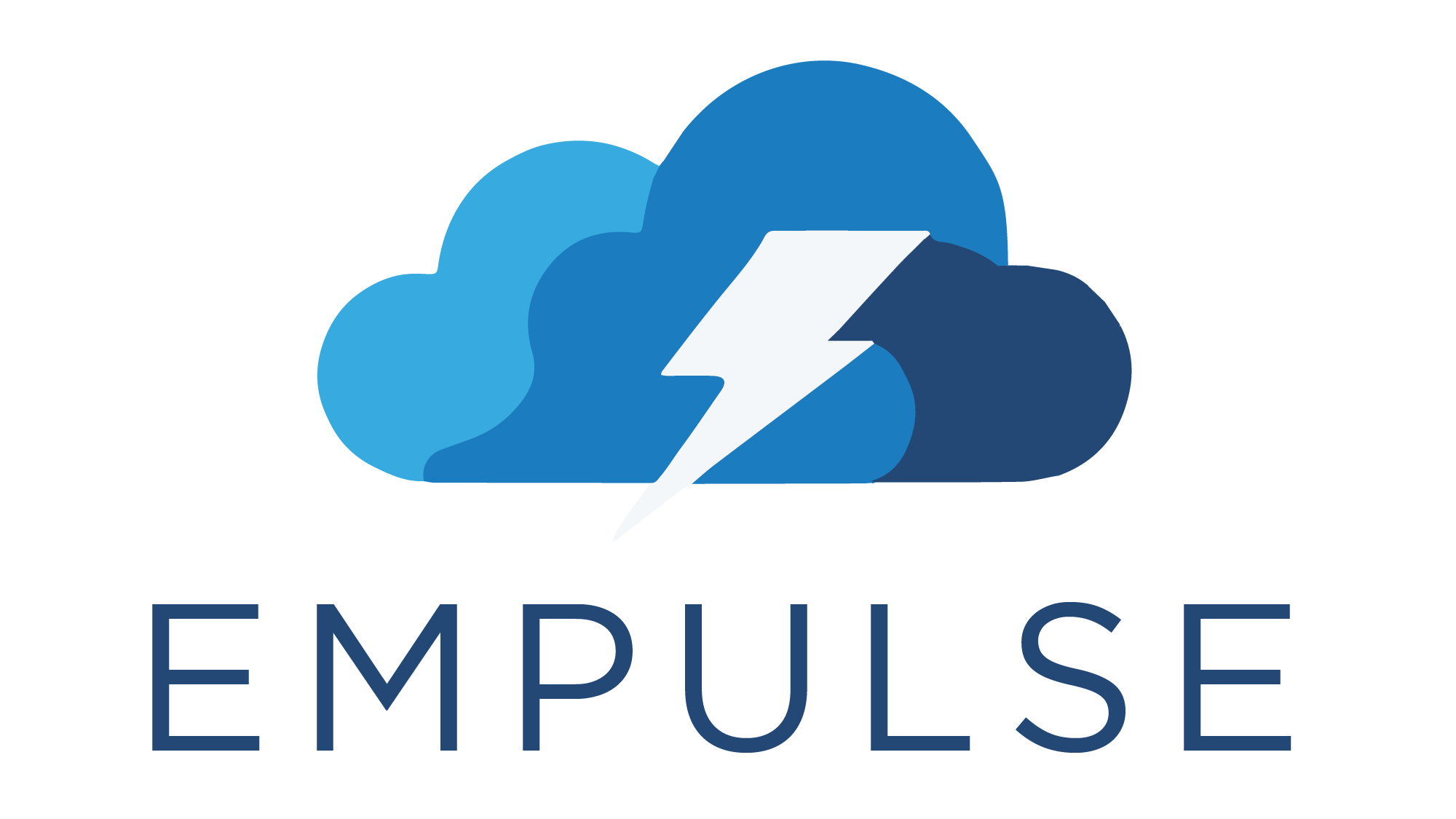max_profit_score#
- empulse.metrics.max_profit_score(y_true, y_score, *, tp_benefit=0.0, tn_benefit=0.0, fn_cost=0.0, fp_cost=0.0)[source]#
max_profitbut only returning the MP score.See also
max_profit: To also return the threshold at which the maximum profit is achieved.Metric: To create a stochastic version of the maximum profit.- Parameters:
- y_true1D array-like, shape=(n_samples,)
Binary target values (‘positive’: 1, ‘negative’: 0).
- y_score1D array-like, shape=(n_samples,)
Target scores, can either be probability estimates or non-thresholded decision values.
- tp_benefitfloat, default=0.0
Benefit attributed to true positive predictions.
- tn_benefitfloat, default=0.0
Benefit attributed to true negative predictions.
- fn_costfloat, default=0.0
Cost attributed to false negative predictions.
- fp_costfloat, default=0.0
Cost attributed to false positive predictions.
- Returns:
- mpfloat
Maximum Profit.
Notes
The MP is defined as [1]:
\[\text{MP} = b_0 \pi_0 F_0(T) + b_1 \pi_1 (1 - F_1(T)) - c_0 \pi_0 (1 - F_0(T)) - c_1 F_1(T)\]where \(T\) is the threshold at which the maximum profit is achieved.
The MP requires that the positive class is encoded as 0, and negative class as 1. However, this implementation assumes the standard notation (‘positive’: 1, ‘negative’: 0).
References
[1]Verbraken, T., Verbeke, W. and Baesens, B. (2013). A Novel Profit Maximizing Metric for Measuring Classification Performance of Customer Churn Prediction Models. IEEE Transactions on Knowledge and Data Engineering, 25(5), 961-973. Available Online: http://ieeexplore.ieee.org/iel5/69/6486492/06165289.pdf?arnumber=6165289
Examples
Reimplement MPC:
>>> from empulse.metrics import max_profit_score >>> >>> y_true = [0, 1, 0, 1, 0, 1, 0, 1] >>> y_score = [0.1, 0.2, 0.3, 0.4, 0.5, 0.7, 0.8, 0.9] >>> >>> clv = 200 >>> d = 10 >>> f = 1 >>> gamma = 0.3 >>> tp_benefit = clv * (gamma * (1 - (d / clv) - (f / clv))) >>> fp_cost = d + f >>> >>> max_profit_score(y_true, y_score, tp_benefit=tp_benefit, fp_cost=fp_cost) 24.22...

